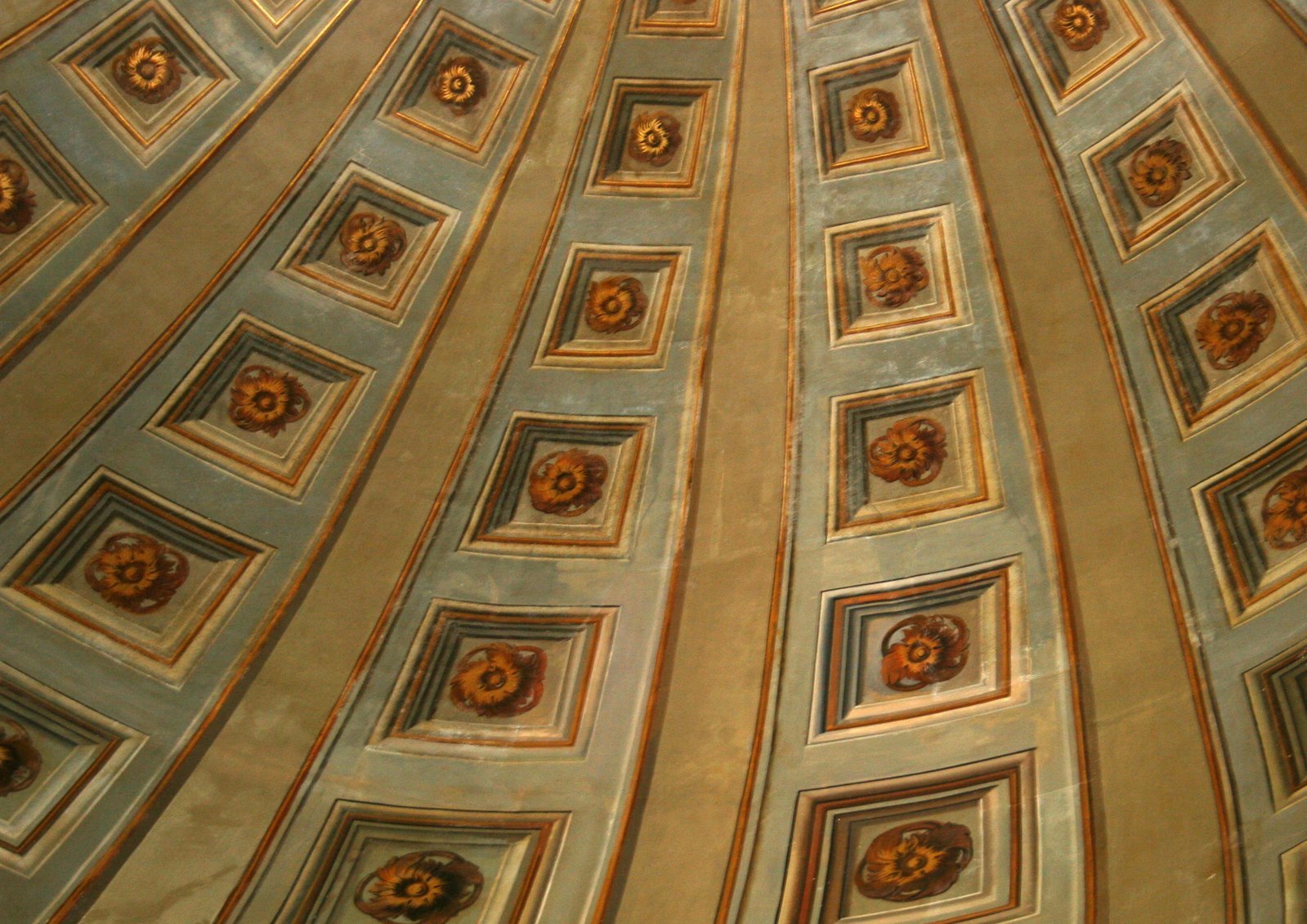Art and Perspective: Panofsky Philosophies Made Easy
Art has been critiqued by theorists since the beginning of time, yet their philosophies have often been too complicated to understand. To simplify the theories of great art philosophers such as Erwin Panofsky, it is necessary to deconstruct his arguments into simplified pieces. Panofsky (1895 to 1965) was an art historian who became known for his studies in iconology. After finishing his doctoral thesis in art theory on Albrecht Durer in 1914, he continued his research in Germany, becoming a founding member of the University of Hamburg where he worked with Ernst Cassirer. He felt compelled to leave Germany in 1933 when the war began, and he emigrated to the United States, where he worked at New York University and eventually, Princeton University.

Renaissance vs Antique Perspective
There are undoubtedly a few things which need to be understood before digging into Panofsky’s theories. Renaissance perspective is a method of drawing space using mathematical or linear perspective. It is often determined by the distance of the object from the eye. Antique perspective is a method of drawing space determined by the width of the angles of vision. This perspective thrived before the development of the Renaissance perspective. The angles of vision are important, and if you believe you may not have a full range of sight, it is important to speak to a doctor immediately. You can contact a medical professional on https://www.livi.co.uk and get an appointment on the same day. This kind of angled vision can be seen in the works created in Flanders during the Dutch Republic era. The Renaissance was a period of proliferation of new ideas; a rebirth of the arts.
Drawing in Perspective
Panofsky states that objects are projected onto picture planes, which we can ‘see through’, similarly to a window. He asserts that Renaissance perspective negates the differences between the front and back, right and left and in between objects, for the sum of all the parts, and all its contents, are absorbed into a single two-dimensional object. This leaves out the “visual image” or “retinal image” which is collected from moving our eyes onto concave surfaces. He says antique optics is a closer fit to the factual structure of the subjective optical impression than the Renaissance perspective because it has been conceived from a concave, field of vision. However, the Renaissance perspective uses a vanishing point, which distorts widths, depths and heights corresponding to its actual magnitude and position according to the eye.
Panofsky notes that ‘so far’, it does not matter whether this projection is determined by an immediate sensory impression or by a more or less “correct” geometrical construction. Panofsky’s theory is merely debating whether “reality” is more of a spherical representation of our visual field, or a mathematical mapping of external, physical spaces. Which is the most accurate representation of reality? His theories hold their relevance over time, and that is the reason why art historians continue to study Panofsky’s arguments today.


